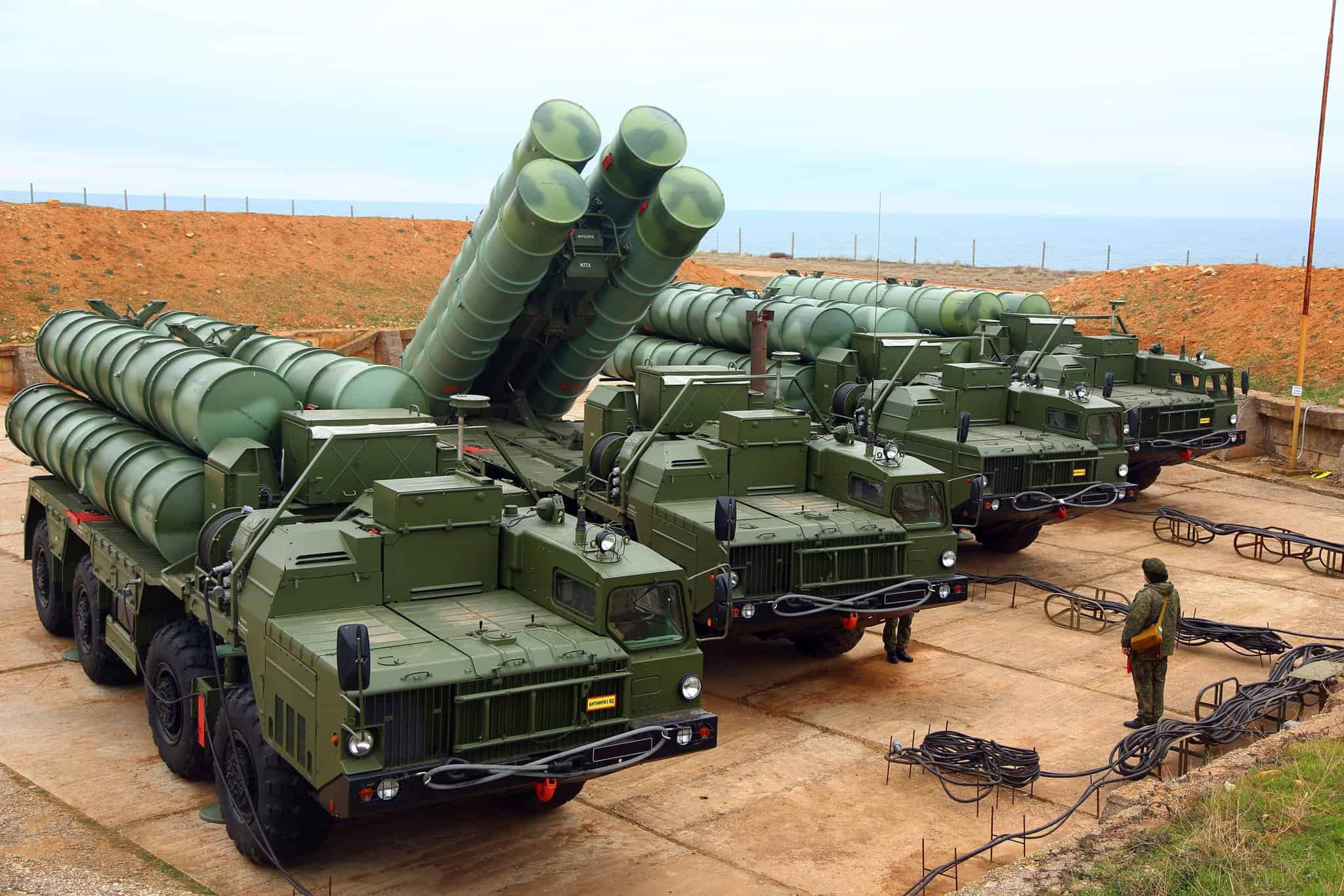The HESA Saeqeh, heralded as a testament to Iran’s burgeoning domestic aerospace industry, stands as a unique manifestation of the country’s military ambitions. As a product of the Iran Aircraft Manufacturing Industrial Company (HESA), the Saeqeh has been of particular interest due to its strong resemblance to the American-built Northrop F-5.
Introduced publicly in 2007, the HESA Saeqeh, which translates to “Thunderbolt,” is indeed an evolution of the F-5 Freedom Fighter/Tiger II, modified to meet the specific defense needs of Iran. Throughout its development, Iran aimed to showcase its aerospace capabilities and assert its self-reliance in military manufacturing, amidst regional tensions and international sanctions.
What distinguishes the Saeqeh is its unique design modifications over the F-5. The aircraft features twin vertical tail fins instead of the single fin on traditional F-5s, along with advanced avionics and reinforced airframe structures. These modifications are intended to enhance its maneuverability and stability in combat situations.
Despite its origins from an older aircraft model, the Saeqeh is often seen conducting operations and participating in air shows, asserting Iran’s strides in mastering aviation technology. Although it is not equipped with advanced radar or stealth capabilities compared to newer jet fighters, the Saeqeh symbolizes a strategic step for Iran toward achieving indigenous military production.
By underscoring Iran’s aeronautical expertise, the Saeqeh raises intriguing questions about the future of military aircraft in the Middle East – positioning Iran as a noteworthy player in regional defense dynamics.
Iran’s Saeqeh: A Game Changer in Middle Eastern Aerospace?
The development of the HESA Saeqeh, a fighter plane modeled after the Northrop F-5, brings more than just potential military advantage to Iran. The broader implications for the region and international relations are significant.
How Does Iran’s Saeqeh Affect Global Military Dynamics?
The Saeqeh’s introduction highlights Iran’s self-sufficiency in military technology, challenging Western economic sanctions that aim to stifle its military growth. As countries globally reevaluate their geopolitical alliances, Iran’s achievement might inspire other nations under sanctions to pursue indigenous technological advancements.
Potential Impact on Regional Security and Economics
The Saeqeh exemplifies Iran’s crystallizing role in the Middle Eastern aerospace arena. Neighboring countries may react by bolstering their own military capabilities, leading to an arms race potentially increasing economic strain and inadvertently impacting civilian welfare. However, if Iran extends aerospace technology partnerships, it could syphon economic benefits from technology transfer agreements or increased defense exports.
Advancements and Limitations: A Balanced View
While the Saeqeh showcases improved design modifications, including enhanced maneuverability, downsides remain. Lack of cutting-edge technology, like stealth features, means it cannot match the capabilities of fifth-generation fighters. The aircraft’s introduction into the Middle Eastern military milieu underscores a strategic yet complex evolution in regional defense.
Key Questions to Consider
How will Iran’s neighbors respond to this advancement? Will regional tensions escalate, or might this spur diplomatic dialogue focused on arms control and technology collaboration?
For further exploration, readers can visit platforms like BBC and CNN for comprehensive coverage of military developments.















